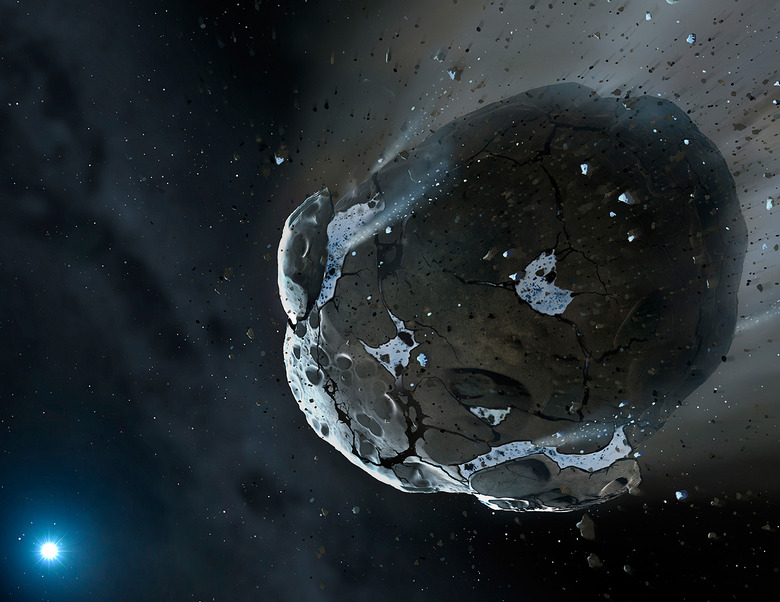Two Schoolgirls Spotted An Asteroid Headed Straight For Earth
- A newly-detected asteroid has been spotted by a pair of schoolgirls in India.
- The two teenagers found the asteroid in images collected by a telescope in Hawaii.
- The asteroid is currently orbiting near Mars, but that orbit will change and bring it within a close distance to Earth in roughly a million years' time.
When I was 14, my biggest accomplishment was probably related to catching some sweet air off of a ramp with my bike. For two very talented teenagers in India, anything less than making a groundbreaking astronomical discovery is small potatoes. The duo, which has lofty aspirations for their future in science, spotted a previously undetected asteroid headed for our planet.
Using images captured from a telescope operated by the University of Hawaii, Vaidehi Vekariya and Radhika Lakhani managed to locate the asteroid, which carries the scientific label HLV2514, won't venture near Earth for some time, but now it's up to NASA to confirm its existence as well as its orbit.
The two students studied at Space India, a private institute where they have access to a wealth of scientific resources including images captured by Hawaii's Pan-STARRS telescope. Using that data, the students spotted the asteroid and, based on what we currently know about its orbit, it's headed toward Earth.
Like many asteroids that "visit" our planet from a safe distance, this asteroid isn't projected to actually hit our planet, when it swoops by in roughly a million years. The space rock is currently cruising along near Mars, but eventually, its orbit will cross Earth's, though it will likely be at a distance of around 10 times that of the distance between the Earth and the Moon. Still, that's close enough for the asteroid to be considered a "near-Earth object" and land it on NASA's watch list.
"We started the project in June and we sent back our analysis a few weeks ago to NASA. On July 23, they sent us an email confirming that we had identified a near-Earth object," Vekariya, said in an interview with CNN.
NASA monitors all near-Earth objects out of an abundance of caution. When an object of a certain size is projected to pass by Earth within a moderate distance, its orbit is plotted and then scientists forecast where it will travel in the future. An asteroid may miss Earth by a significant margin today, but once it makes a couple of additional passes around the Sun, it might come back to bite us, so scientists do their best to rule out such events well in advance.
Going forward, once NASA confirms the asteroid's existence and its orbit, the students may have the opportunity to give it a proper name. As a former 14-year-old, I can only imagine how excited they must be.
